Necromancers tend to fall into one of two categories, sometimes both. They are either extremely creepy about death as a concept to the point of it being uncomfortable, or they are irredeemably evil creatures with no respect for the sanctity of life. But Dragon Age: The Veilguard manages to offer a more romantic view of necromancy, and of death itself.
Love and death are intimately intertwined. It’s the most famous part of your wedding vows – till death do us part. On that day when love is on our minds – an endless, eternal, all-powerful love – we still acknowledge that death will ultimately win. You cannot separate love from death if you want it to mean anything. You cannot have a love worth dying for without fear of dying.
Emmrich Is A Different Kind Of Necromancer
Emmrich’s quest in The Veilguard embraces this idea. Though the fact he is an old man means he won’t get the flowers he’s due, he’s the most gentlemanly and romantic companion games like this have seen for a long time. It’s through him that we see this union between love and death.
Emmrich’s personal quest initially involves walking through the graves of the Necropolis Halls, itself a bit of an oddity in Thedas. Most beliefs in Dragon Age dictate that the dead are ceremoniously burned, not buried, and so through Emmrich, the ceremony of death can be appreciated once more.
We gather flowers for the dead, say blessings for them, and discuss how graves connect the living with the dead. A place to remember, a place to mourn. A way to visit our loved ones, and feel that love back. Emmrich takes you to the graves of his parents, buried side by side, and explains that his connection with death comes not from desire for power or infernal intentions, but simply a need to be close to the ones he lost.
This connection with death is crucial to understanding Emmrich. His personal quest evolves the lore of Dragon Age in surprising ways, and that only works when you see him surrender the power of death. We need to believe in the romance of death, the love we feel beyond the grave, not see it as a tool for strength.
Dragon Age Has A Mature View Of Death
This is not entirely unique to Dragon Age. Consider something like Corpse Bride, built on the aforementioned macabre nature of wedding vows. Or The Nightmare Before Christmas, about two ghastly ghoulish figures in love (as well as the meaning of Christmas et cetera). Tim Burton has long been aware of the connection between love and death.
In fact, it’s a common theme in the goth subculture. Those fascinated by death tie that fascination to love. Death is part of us because it is a universal experience. It happens to all of us, and it only happens once. It’s messy, it’s tragic, it’s frightening. It’s permanent. And it’s easy to forget that in a video game.
Death is not permanent in a video game, it’s just another game over. And it’s not tragic, but a means of progression. We mete out death regularly, cutting lives short as a matter of course. Through Emmrich, we see the reality of death. We come closer to understanding its power on a human level, to what it truly means, not just as a win state against a boss.
Emmrich’s quest reminds us of the beauty in death, and in a love that lasts beyond the grave. It’s a story that reaches out beyond the realities of Thedas, a world of violence and save scumming, and into our own. A world where death lasts. A world where love matters because it does.
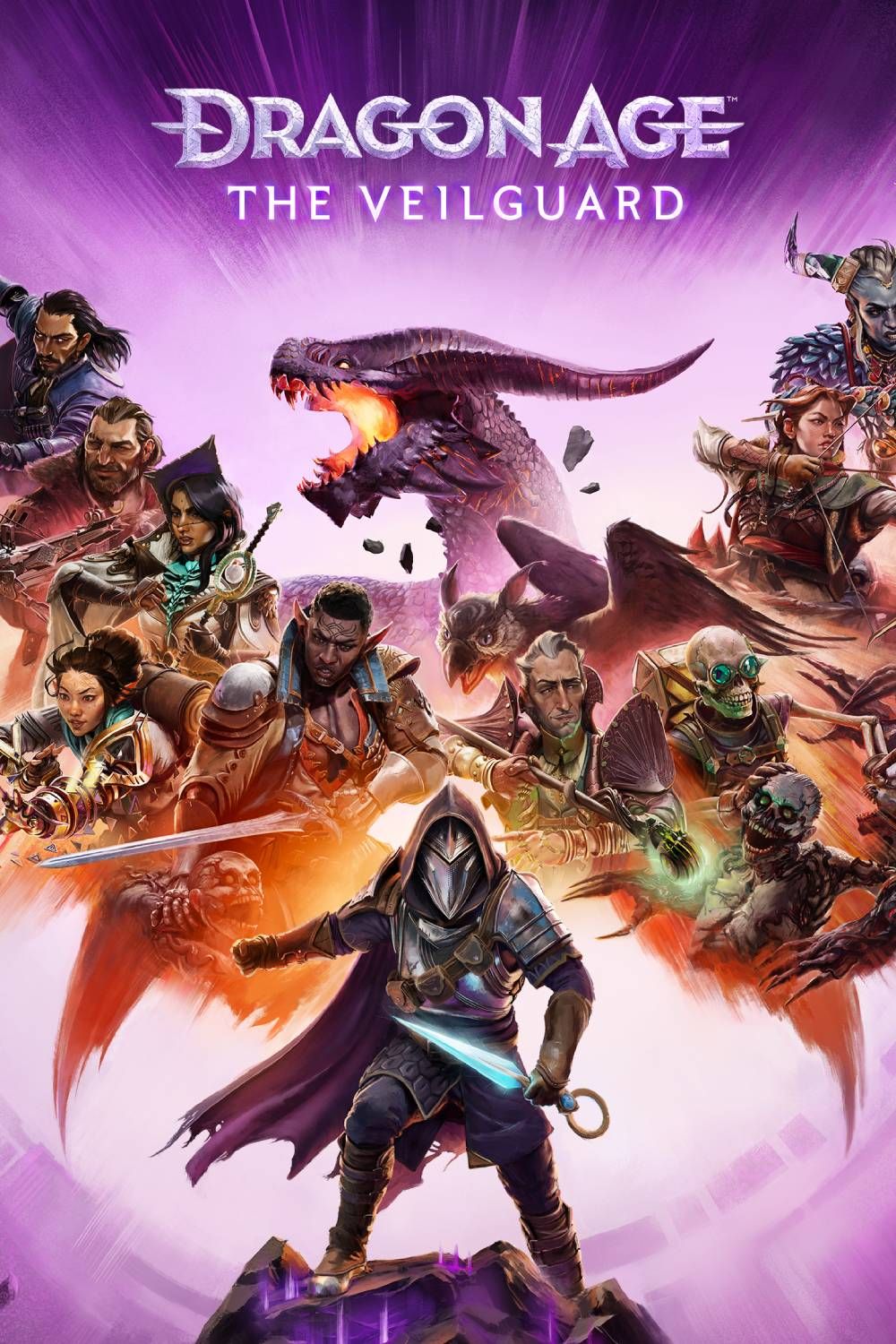
-

OpenCritic
-
Top Critic Rating:
82/100
- Released
-
October 31, 2024
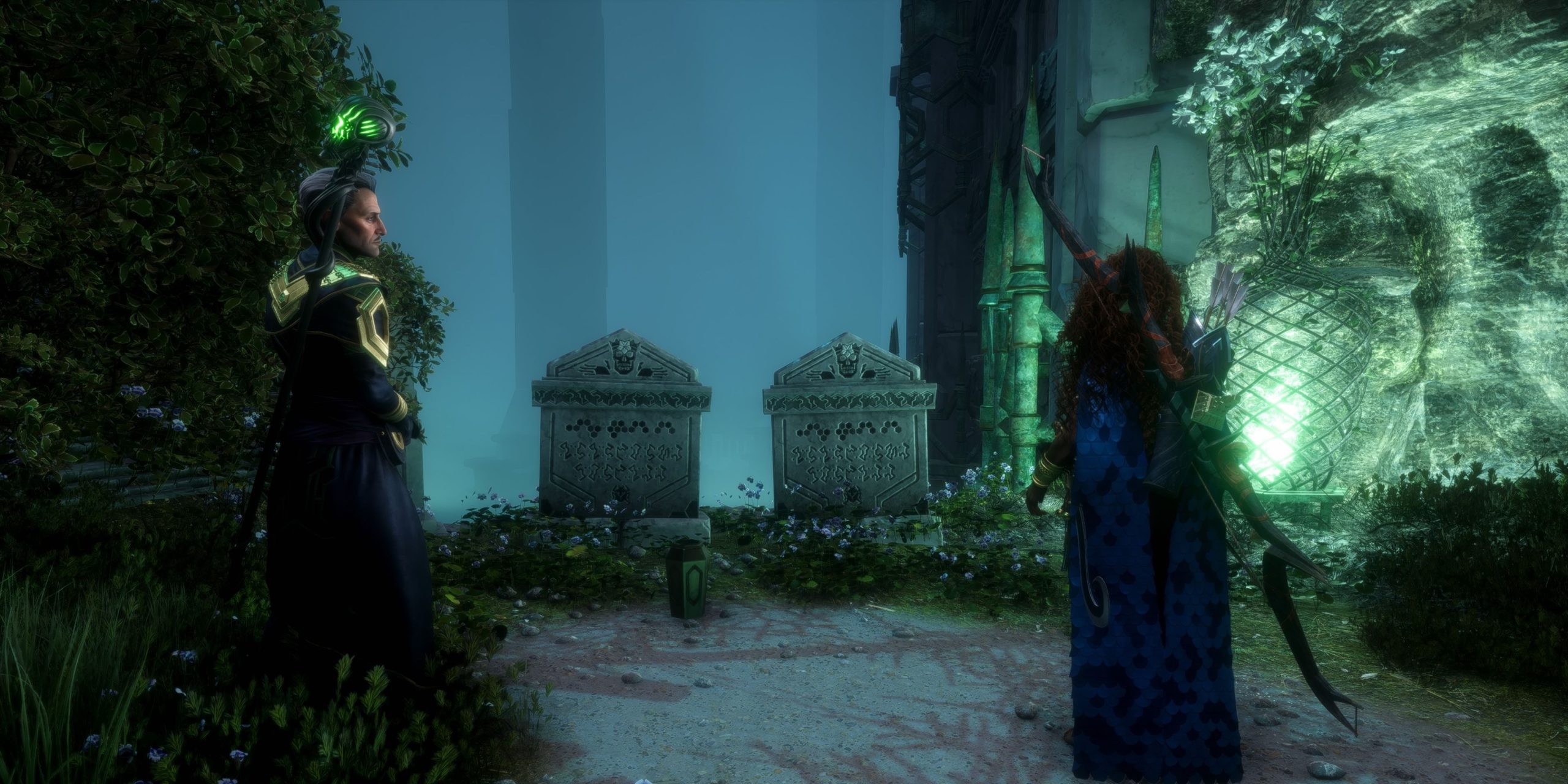

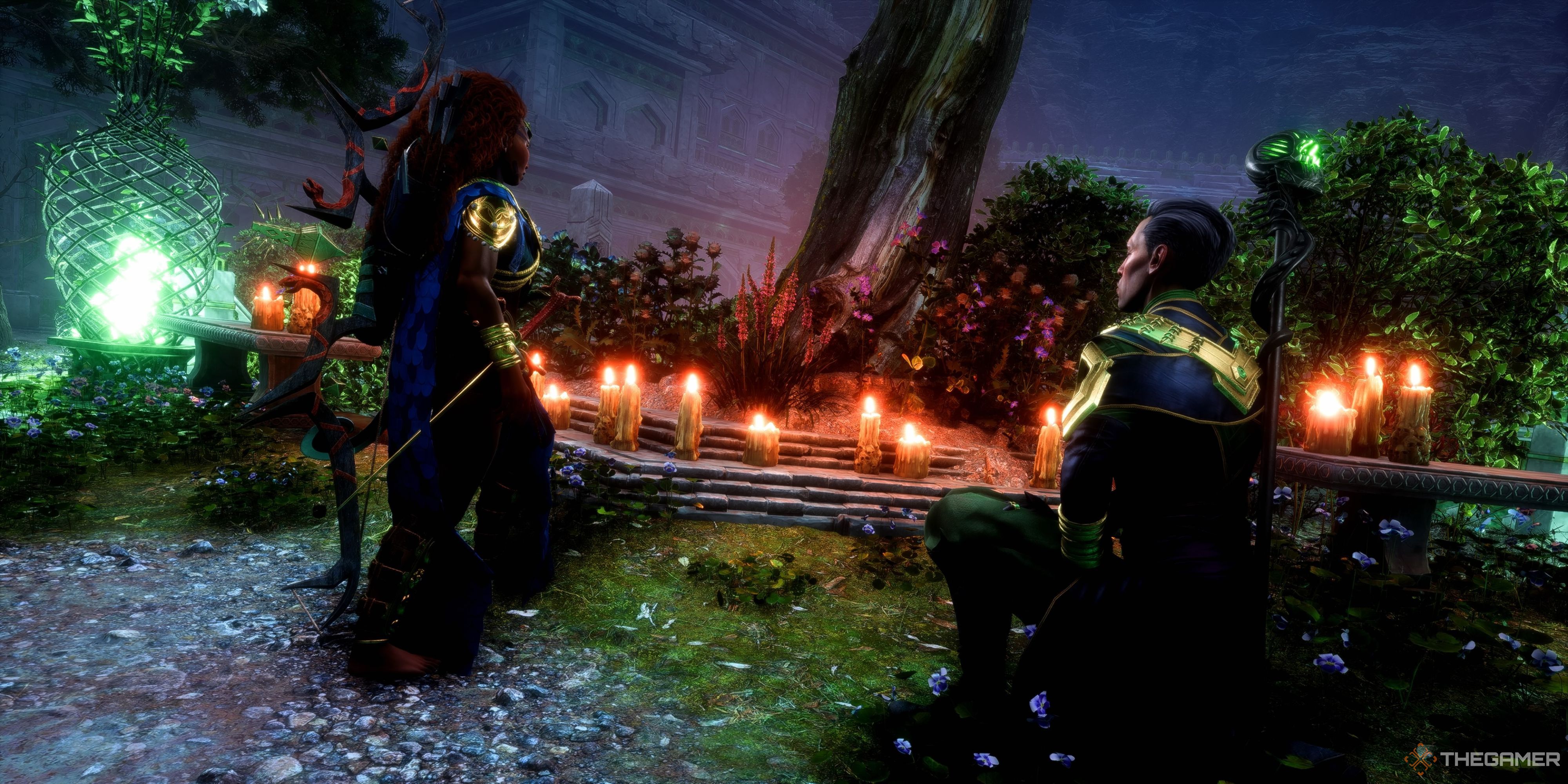
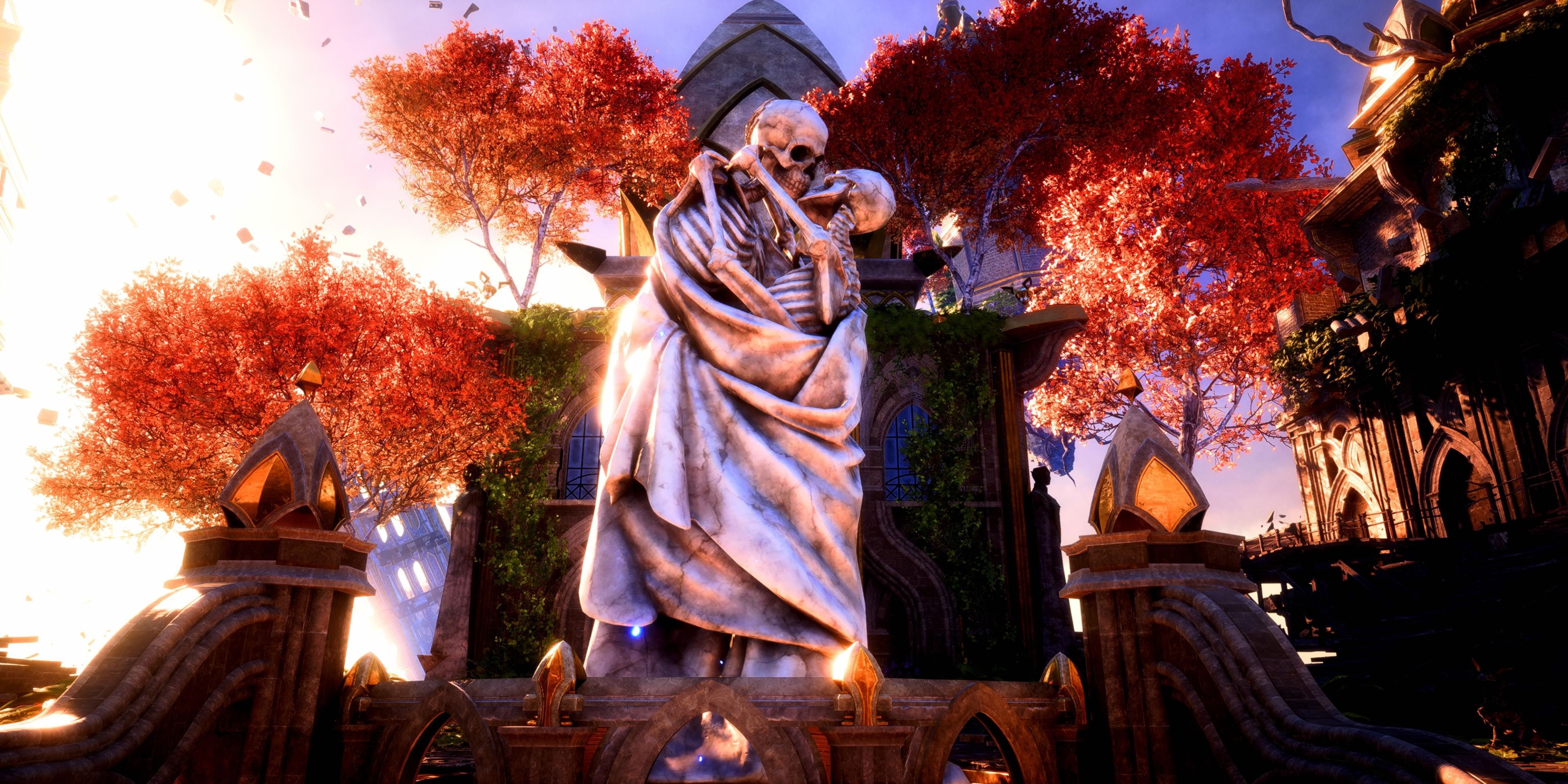
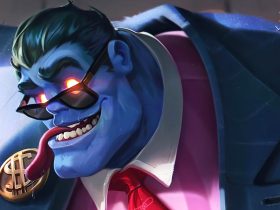
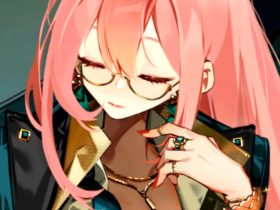

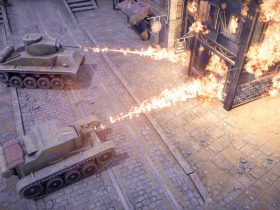

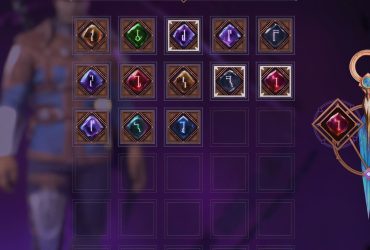
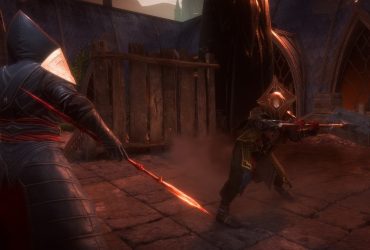
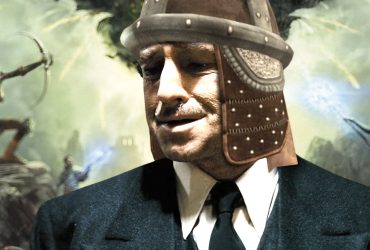
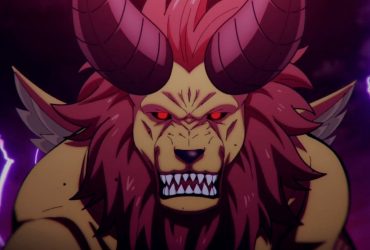

Leave a Reply